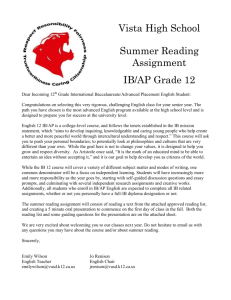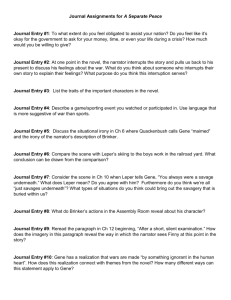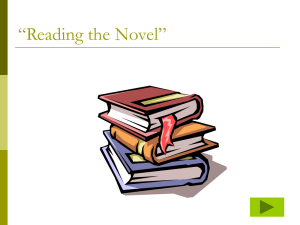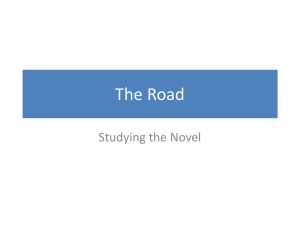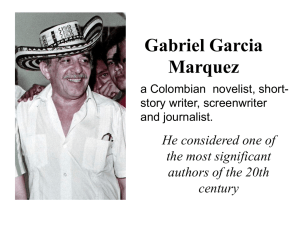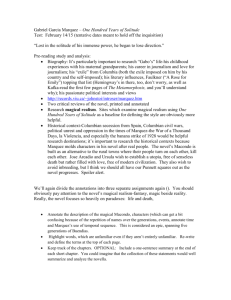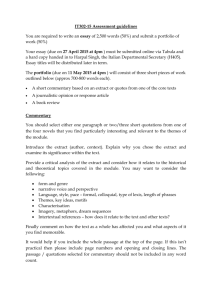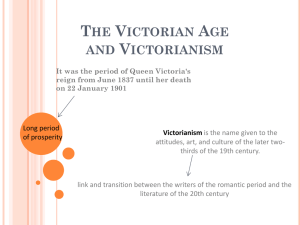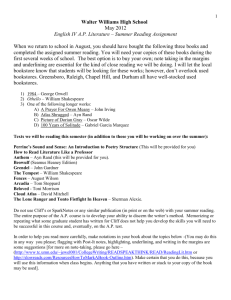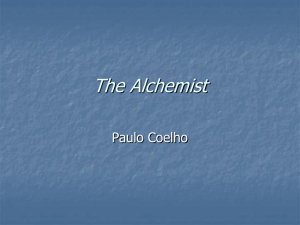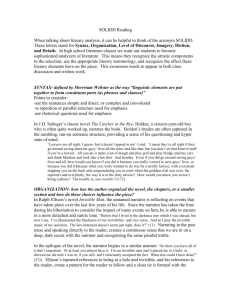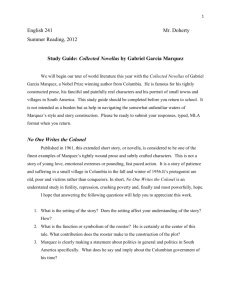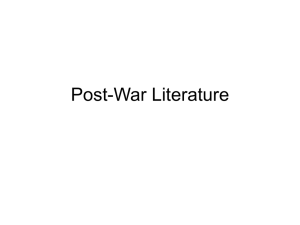Structure in Chronicle
advertisement
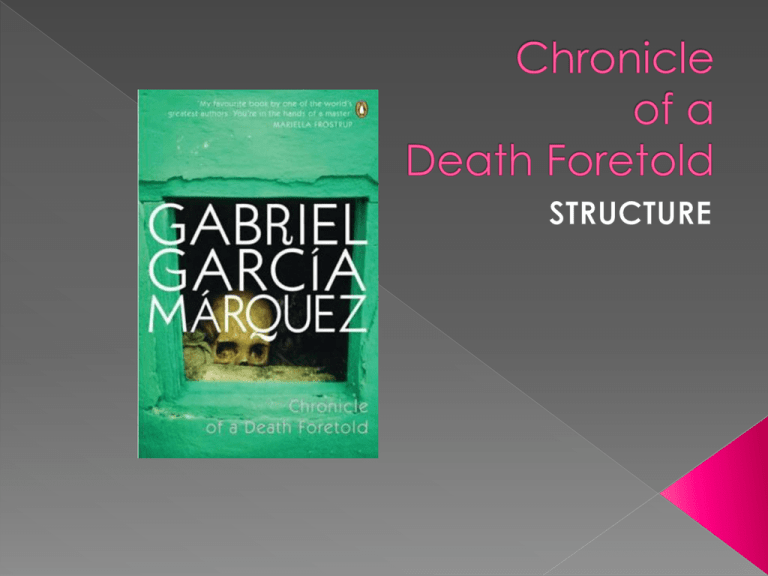
It is a journalistic account of an historical murder that took place in Sucre, Colombia It is a psychological detective story and a work of allegorical fiction ( a symbolical narrative) It’s has a unique, successful balance of journalism and allegory; of history and morality play The generic components of the novel are expressed stylistically A sense of journalistic style is evident both through Marquez’ detached/ isolated portrayal of the daily habits of the town, and the collaboration of time down to the minute; for example, we know that Santiago woke up at 5:30 in the morning to see the bishop, and that he was dead by 7:05 Marquez’ flat tone style adds to the journalistic approach, as well as the fact that he is always concerned with showing us the “who, what, where, how”. Marquez is also concerned with the ‘why’, which is the main mystery throughout the novel; it compromises the psychological component of the story; there is no mystery to the story; we know who killed who and why He more or less presents the social pressures a work, allowing us only a glance into the treatment of justice/ injustice instead of allowing us a simple answer or judgement The novel features a dislocation of events in a chronological order; it is an unusual structure that instead of unfolding chronologically, is released in a kind of spiral Each chapter has its own system of time, tending to circle back on itself; For example, in the first paragraph, we learn that Santiago woke at 5:30 a.m, that he was killed on a Monday and that the narrator is speaking from 27 years in the future This obsession with time, in sync with the unusual structure, suggests the contradiction that however journalistically the events of the death are portrayed, our knowledge can never be certain THE OUTSIDER THERESE RAQUIN A first person narrative Alienated; although we do NOT know who the narrator is in COADF A detached style of narrative- a scientific portrayal of events with a distinct lack of emotion and empathy with the reader A scientific report that describes the events of the novel without emotion, or portrayal of the narrator’s thoughts and feelings towards the characters; free indirect discourse We don’t know who is telling the story; they are not involved with the plot
